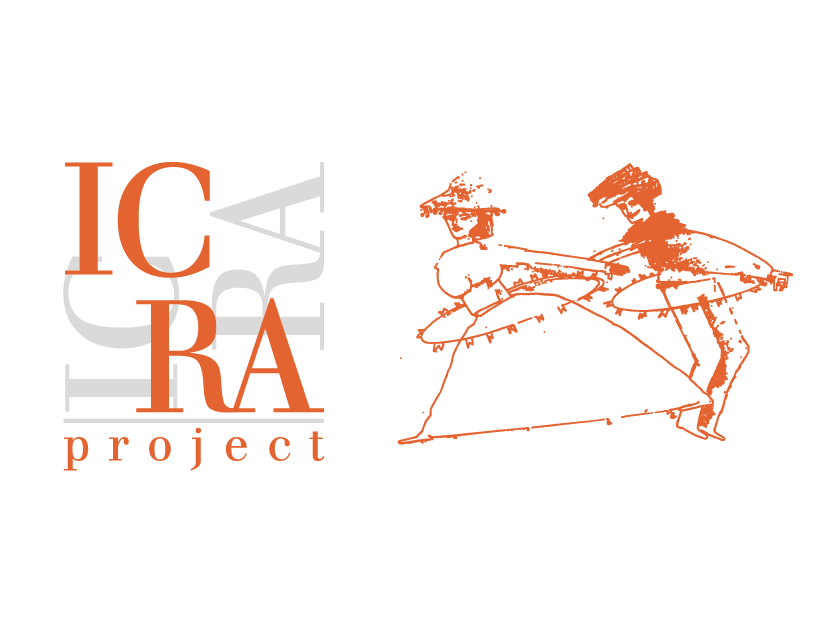Esercitazioni
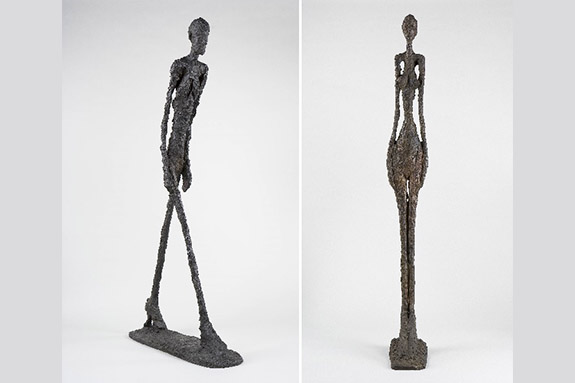

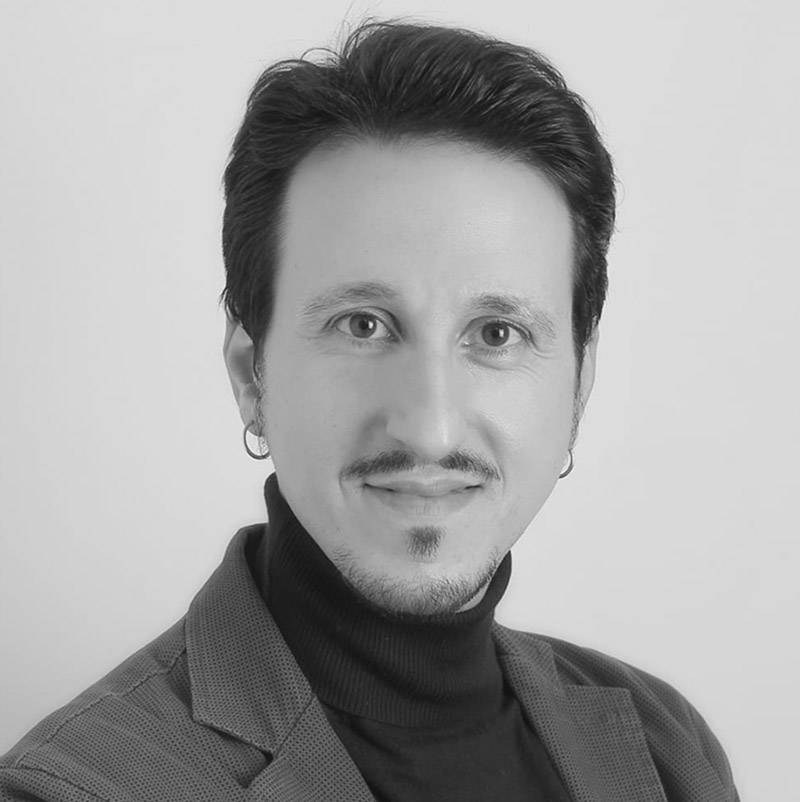
LORENZO MARINO
Lorenzo Marino is a musician and conductor; he began his musical studies at a very young age as a guitarist and trumpet player with maestros Paolo Lambiase and Francesco Del Monte, continuing his studies in composition and conducting with maestro Nicola Samale. He has participated in masterclasses for instrument and performance technique with maestros Paolo Lambiase, Ugo Di Giovanni, Francesco Del Monte, Sergio Balestracci, Ugo Orlandi and for composition and conducting with maestros Nicola Samale, Jacob De Haan, Fulvio Creux, Johan De Meij, Vincenzo Cammarano and Lorenzo Della Fonte.
Lorenzo Marino is a musician and conductor; he began his musical studies at a very young age as a guitarist and trumpet player with maestros Paolo Lambiase and Francesco Del Monte, continuing his studies in composition and conducting with maestro Nicola Samale. He has participated in masterclasses for instrument and performance technique with maestros Paolo Lambiase, Ugo Di Giovanni, Francesco Del Monte, Sergio Balestracci, Ugo Orlandi and for composition and conducting with maestros Nicola Samale, Jacob De Haan, Fulvio Creux, Johan De Meij, Vincenzo Cammarano and Lorenzo Della Fonte.
He has participated in important events in Italy and abroad such as: the Festival of Plectrum Orchestras, Bologna; the Ravello festival, Amalfi Coast; the Villa Celimontana Jazz Festival, Rome and the Napoli Teatro Festival Italia. He has collaborated as a guitarist with the San Carlo Theatre in Naples and other Italian theatres. In addition, he has recorded several records as instrumentalist, composer and arranger.
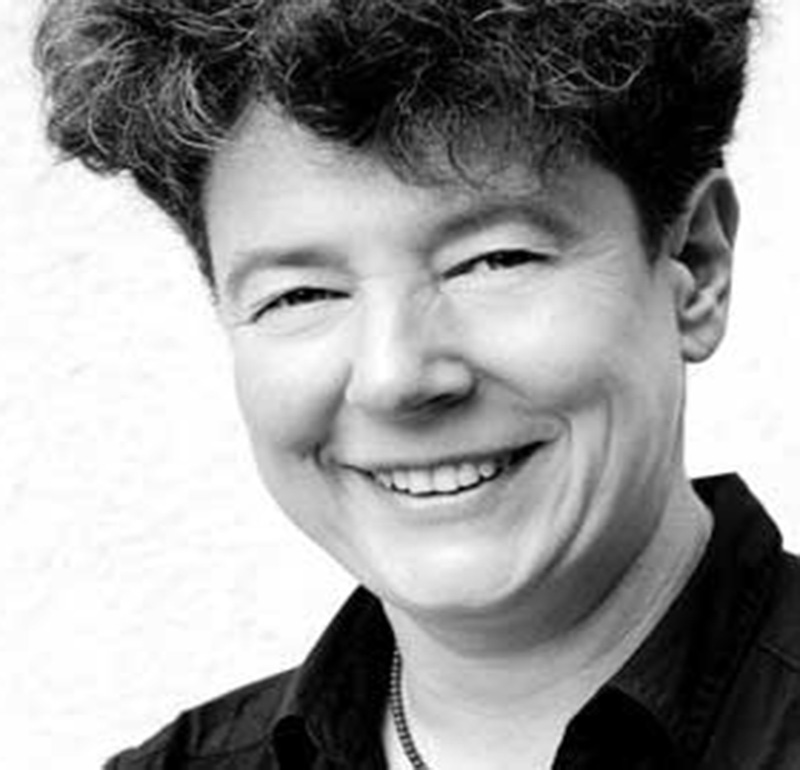
COSTANZA BOCCARDI
Costanza Boccardi graduated in Dramaturgy at the faculty of Drama Arts and Music Studies of the Alma Mater Studiorum, University of Bologn and in Directing at the Civica Scuola d’Arte Drammatica Paolo Grassi in Milan; she also completed the Theatre Organization specialization course of the Ente Teatrale Italiana (ETI, Italian Theatre Board).
She is a member of the Teatri Uniti theatre cooperative where she has been working for several years as assistant director to Mario Martone, Andrea Renzi, Enrico Ianniello and Toni Servillo. She is also a film casting Director and a member of the Italian Union of Casting Directors.
She has also participated in the organization of the Biennale dei Giovani del Mediterraneo, of ETI’s Aree Disagiate project, and the SempreApertoTeatroGaribaldi project of the Teatro Garibaldi in Santa Maria Capua Vetere. Currently she is Director of education at the school of Teatro Bellini in Naples.
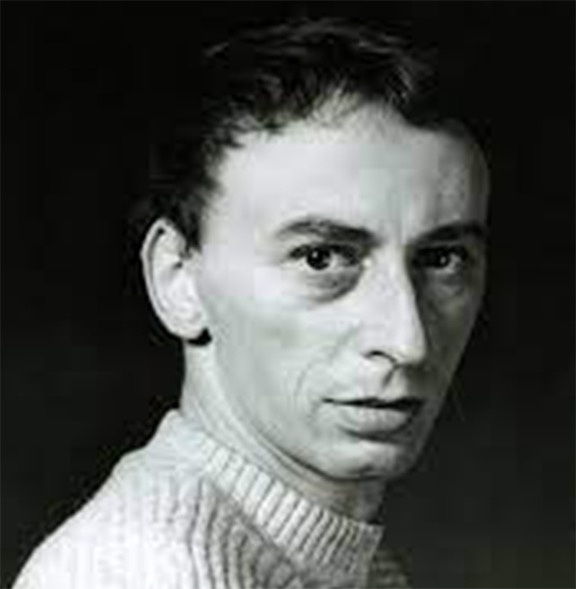
MAXIMILIEN DECROUX (1930-2012)
Maximilien Decroux, French actor, mime and choreographer, was born on 26 May 1930 in Paris and died on 30 September 2012. From 1945 to 1947 he studied theatre with Charles Dullin, as well as classical and modern dance. A student, performer, artistic and pedagogical collaborator of Étienne Decroux, Maximilien Decroux worked with his father until 1955.
In 1960, he founded his own school based on collective improvisation and the teaching of an athletic and dynamic mime, based more on actual movements in space than on sur place movements, and taught at his father’s school since it reopened in 1963.
From 1969 to 1976, he taught at the Conservatoire national supérieur d’art dramatique in Paris; from 1970 to 1977 at the École nationale supérieure d’architecture; from 1969 to 1976 at the Cité internationale universitaire; from 1978 to 1988 at the École Internationale de Mimodrame de Marcel Marceau.
He created mime-dramas for set designer Jacques Polieri, sculptor Nicolas Schöffer and director Jean-Christophe Averty. He also collaborated with composers such as Iannis Xenakis and Pierre Henry.
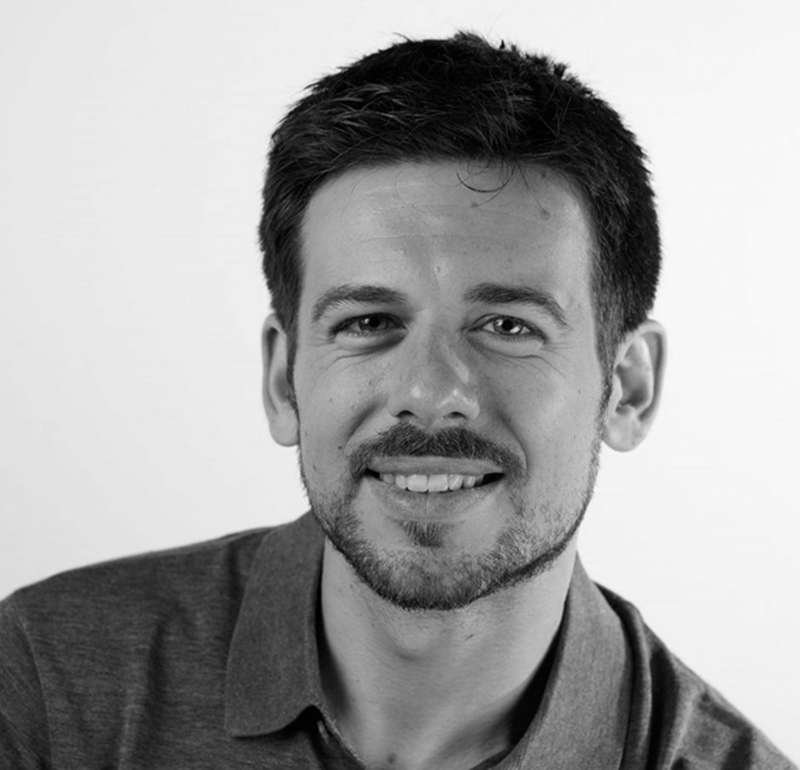
ALESSIO SAPIENZA
Alessio Sapienza, actor and mask-maker, studied anthropology of the actor, acting, diction, singing, dance and acrobatics at the Accademia Internazionale del Musical, directed by Enrico Sortino, and graduated from the Scuola Internazionale dell’Attore Comico, directed by Antonio Fava.
He participated in the International Commedia dell’Arte Workshop at the Civica Accademia d’Arte Drammatica Nico Pepe where he followed various workshops with Stefano Perocco di Meduna and Gaia Geri, Claudio de Maglio, Ferruccio Soleri, Michele Monetta, Carlo Boso, Claudia Contin Arlecchino and Marco Sgrosso. He also participated in ICRA Project’s Contemporary Commedia dell’Arte Workshop under the direction of Michele Monetta where he carried out an in-depth study on Commedia Improvvisa.
In 2021 he co-founded with Valentina Puccini the performing arts centre DAT dance art theatre based in Rome. He studied the craft of leather mask making with Alberto Ferraro and Stefano Perocco of Meduna. In 2018, he founded the workshop Anonimo Siciliano – leather masks.
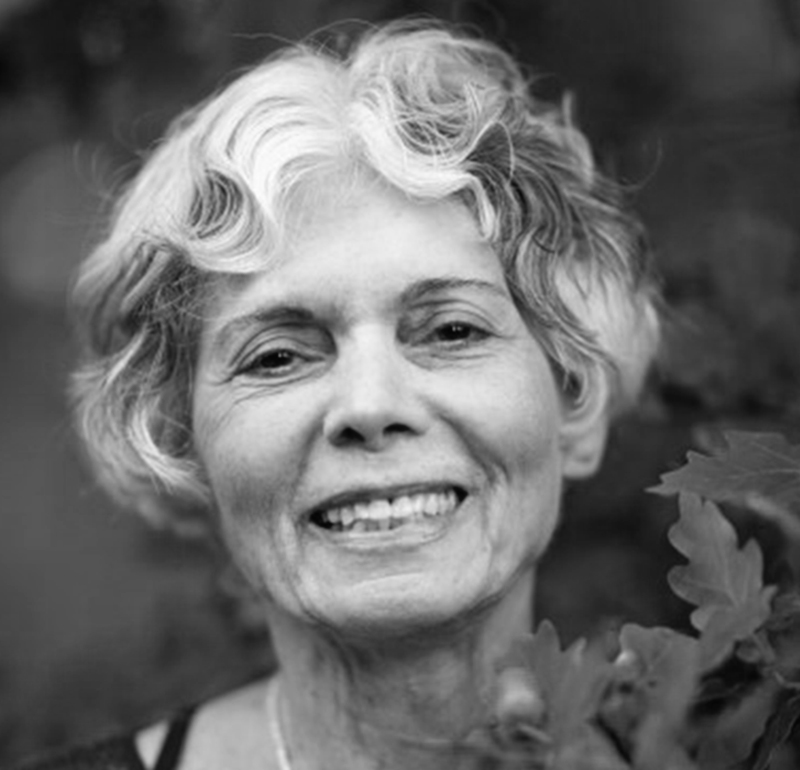
RUTHY ALON (1930-2020)
In 1969 Ruthy Alon graduated from the first training course held by Moshe Feldenkrais with whom she formed a close working relationship until his death. She was a Senior trainer of the Feldenkrais Method and taught practitioners and students throughout Europe, America and the Asian Pacific region well into her late eighties.
In 1999, she developed the Movement Intelligence exercises consisting of several programmes, based on Dr Moshe Feldenkrais’s approach to somatic learning, such as: Bones for Life, or bone strength and optimal weight-bearing posture; Walk for Life, for health, power management and biological optimism; Chairs, transforming sitting from fixation into an opportunity for mobility; and The 6 Basic Lessons Everyone Needs, investing in personal ecology.
Her programmes were presented in the United States at NASA (Houston, Texas, 2004), at the Annual Scientific Meeting of the Aerospace Medical Association (Kansas City, Missouri, 2005), at the National Osteoporosis Foundation Conference (Washington, D.C, 2006) and are taught and practised in over 30 countries by teachers and trainers trained by her worldwide.
In 1970, Ruthy published Mindful Spontaneity, a book of insights on teaching the Feldenkrais Method, which has been translated into seven languages. She also created the Movement Nature Meant video on the Feldenkrais Method. In 2018 the Feldenkrais® Guild of America honoured Ruthy Alon with the Lifetime Achievement award for her contributions to the Method.
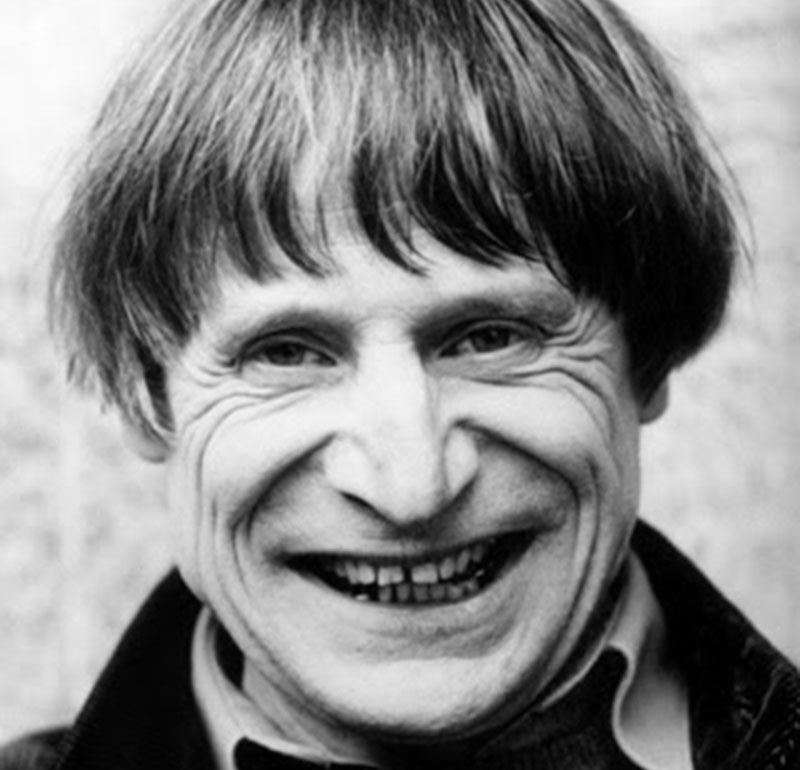
DIMITRI (1935-2016)
Dimitri was an internationally acclaimed clown who trained in acting, acrobatics, tightrope walking, ballet and music as well as in pottery and sculpture in Verscio (district of Locarno) and Zurich. In Paris, he studied mime with Etienne Decroux and later with Marcel Marceau; he performed in two of his pantomime company’s productions, Les matadors and Le petit cirque. In 1959, in Paris, he made his debut with the famous white clown, Louise Maïss, in the ring of the legendary Cirque Medrano.
In 1971, in Verscio, together with his wife Gunda, he founded the Teatro Dimitri; in 1975, together with Richard Weber, the Scuola Teatro Dimitri, today, Accademia Dimitri; in 1978, the Compagnia Teatro Dimitri for which he wrote his first piece, Il clown è morto – evviva il clown (The clown is dead – long live the clown); and in 2000, together with Harald Szeemann, the Museo Comico.
Dimitri also pursued a career as a painter, sculptor and book illustrator, exhibiting his works in major art galleries. Moreover, he was involved in humanitarian work. In 1996, as Ambassador for UNICEF, he visited and performed in war-torn Sarajevo, and in 2010 he travelled to the Democratic Republic of the Congo with the World Organisation Against Torture (OMCT), which is engaged in providing a comprehensive system of support and protection for human rights defenders.
In 1995, Dimitri was inducted into the International Clown Hall of Fame.
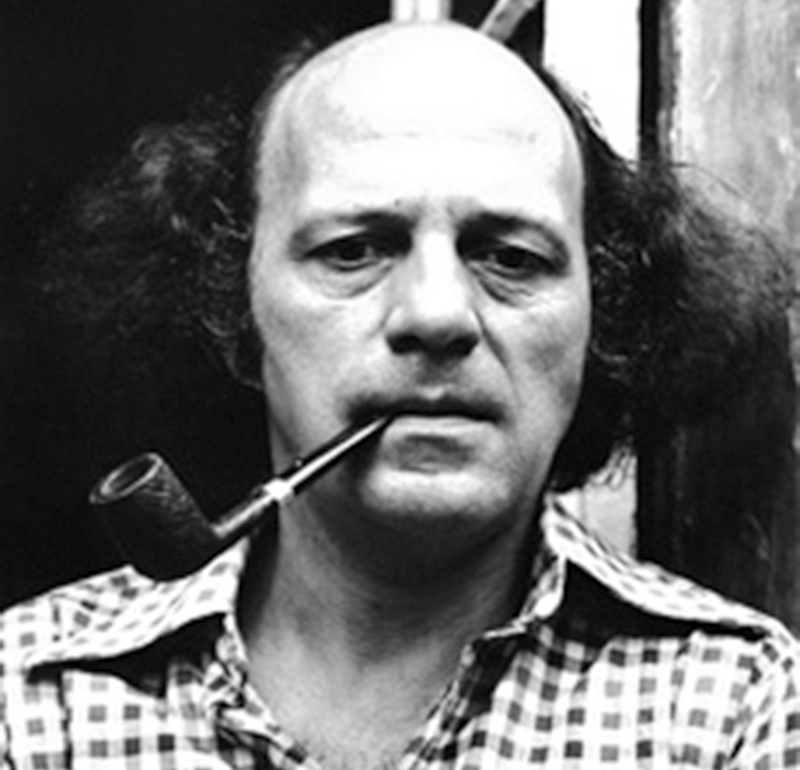
ROY BOSIER (1931-2006)
Roy Bosier lost almost all of his hearing due to mumps at the age of four. He studied classical dance and fashion design at the then Zurich Arts and Crafts school, today’s Zurich University of the Arts. He worked with Sergio Leone, Roman Polanski and Federico Fellini, and with Giorgio Strehler at the Piccolo Teatro in Milan.
In Paris he studied corporeal mime with Étienne Decroux. In 1963, he founded the Istituto Studi dello Spettacolo- Teatro Studio in Rome with Italian state television (RAI) director Claudio Triscoli and the actress Anna Menichetti. In 1970, he founded the I Gesti mime company with some of his students.
In 1984, Roy returned to Zurich, where, in 1987, he accepted a permanent position at the Schauspielhaus Zürich theatre as choreographer, fencing master, movement teacher and, at times, actor. He had been collaborating occasionally with the Schuaspielhaus Zürich theatre since 1954.

GERARDO GUCCINI
Gerardo Guccini teaches Dramaturgy and Theories and Techniques of Dramatic Composition at the University of Bologna. Since 2018 he has been Scientific Director of the Centro Teatrale La Soffitta, associated with the Department of Arts of the University of Bologna. From 2002 to 2015 he was Scientific Director of the Centro di Musica e Spettacolo (centre for music and performing arts) of the University of Bologna.
In 1995, together with Claudio Meldolesi, he founded the semiannual Prove di Drammaturgia. Rivista di indagini teatrali. In 2012, he co-founded with Matteo Casari the online series, Arti della performance: orizzonti e culture (AMS Acta). He has collaborated as a playwright with Marco Paolini, Marco Martinelli, Elena Bucci and Marco Sgrosso.
His primary areas of research include: 18th-century theatre, the dramatic aspects of opera, narrative theatre and contemporary dramaturgy focusing on the textual element.
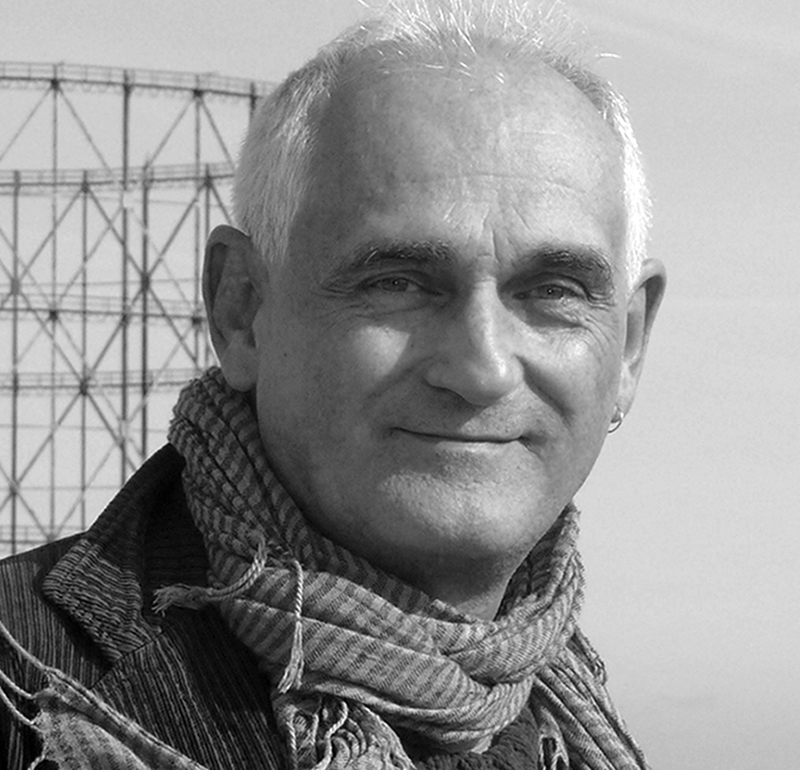
ALBERTO BERTELLI
Raised in Toronto, Alberto Bertelli is trilingual, graduated in Translation at the University of Montreal and translates from French and Italian into English. He trained in corporeal mime with Étienne Decroux in Paris. He completed his training with Jean Asselin and Denise Boulanger at the École de mime corporel de Montreal. He participated in corporeal mime and theatre workshops with Naomi Tyrrell, Toronto; Daniel Stein, Paris; Thomas Leabhart, New York; Gilles Maheu, Eugenio Barba and Zygmunt Molik, Montreal; and Giorgio Barberio-Corsetti, Rome.
He co-founded and co-directed the corporeal mime theatre company, Mime Expresso, specialised in the creation and performance of corporal mime shows for café-théâtres throughout Québec. He created and performed with eleven other mimes the corporal mime show, Beaumonde, directed by Jean Asselin, Omnibus le corps du théâtre.
He conducted research on Oskar Schlemmer and the theatre of the Bauhaus, which inspired the creation and performance of the corporeal mime piece, Gattine. He was a member of the multi-media theatre company, L’Écran Humain, directed by Paul Saint-Jean. He has worked as an actor for the theatre, film and television. He participated in several international festivals in Canada and Europe.
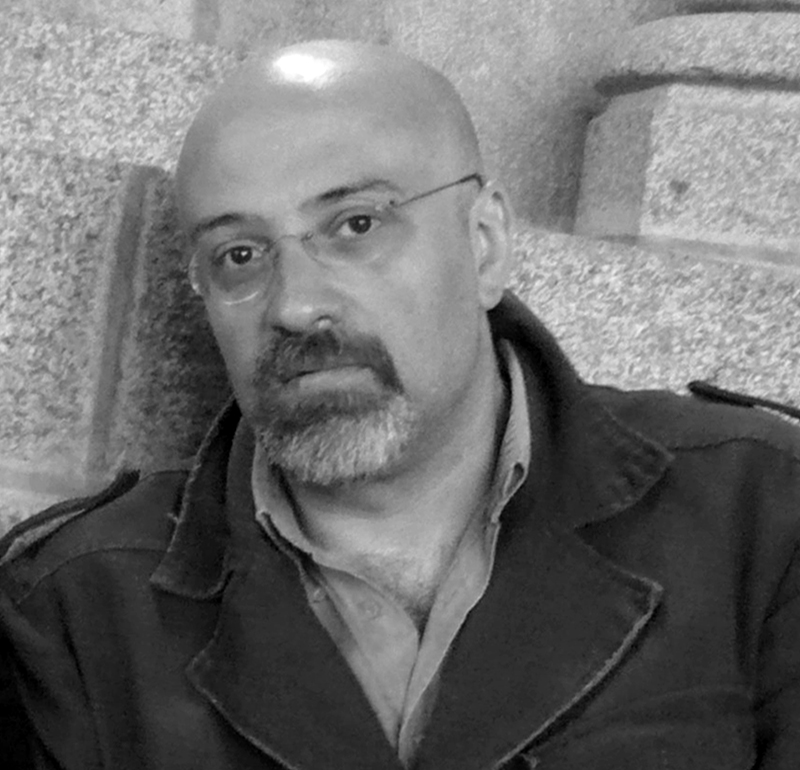
ANTONELLO PALIOTTI
A graduate of the Salerno State Conservatoire Giuseppe Martucci, Antonello Paliotti is a composer, guitar teacher and guitarist. Since 1986, he has been collaborating with Maestro Roberto De Simone as composer and conductor on works such as Carmina Vivianea, Populorum Progressio, Opera dei centosedici as well as on Li Turchi viaggiano, which was featured on the 2003 album of the same name.
In 1995 he wrote for saxophonist Michael Brecker, Canto della possibilità di sopravvivere with orchestra. In 1997 he wrote Messa per il tempo di guerra, which was performed at the Conservatorio di Musica San Pietro a Majella, Naples. Between 1999 and 2001 he wrote a number of compositions for the soloists of Naples’s Teatro di San Carlo, which were included on the 2006 album Musica Obliqua. In 2011 he wrote the Concert du Printemps, for two mandolins and large orchestra, performed by Hamilton de Holanda and Mike Marshall.
He has also collaborated on records by other musicians, including Daniele Sepe, Zezi, Elena Ledda, Gianni Lamagna, Brunella Selo, Lino Cannavacciuolo as well as with directors Pappi Corsicato, Mariano Rigillo, Mico Galdieri, Moni Ovadia, Michele Monetta, Pasquale De Cristofaro, Georg Brintrup and Maurizio Scaparro.
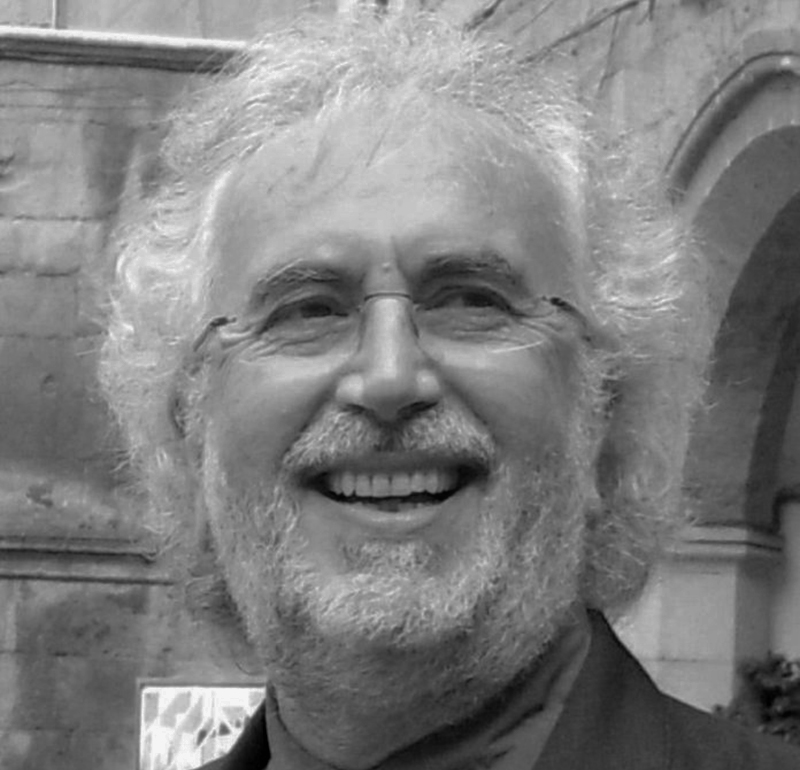
ANTONIO SINAGRA
Composer and conductor, Antonio Sinagra completed his musical studies at the Conservatorio di Musica San Pietro a Majella, Naples. He taught Orchestral exercises at the following conservatories of music: Conservatorio di Musica Carlo Gesualdo da Venosa, Potenza, Conservatorio di Musica Giuseppe Martucci, Salerno, Conservatorio di Musica Domenico Cimarosa, Avellino and at the Conservatorio di Musica Umberto Giordano, Foggia.
From 1980 to 1984 he worked with Eduardo De Filippo, writing incidental music for all his theatre productions. He also worked with authors, singers and musicians such as: Vincenzo Cerami, Peppino di Capri, Edoardo Bennato, and Pino Daniele. He wrote music for musical comedies, including: L’Opera de’ muort’e famma, directed by Armando Pugliese, Partitura, directed by Toni Servillo, Penziere mieje, directed by Luca De Filippo, L’avventura più spericolata di Don Quijote , written and directed by Lina Wertmüller, and Amore di tango (II ladro e la milonga), directed by Lindsay Kemp. He also wrote incidental music for the theatre, including: Menecmi, and L’ultimo scugnizzo, directed by Tato Russo, and Indians, and Summer and Smoke directed by Armando Pugliese.
In 1989 he wrote the opera-concert Sona Sona based on the text by Giuseppe Rocca and in 1995 he wrote the music for the opera Delizie & Misteri Napoletani, based on the text he wrote together with Raffaele Esposito. He has conducted in various theatres in Italy and abroad, including: Teatro Regio di Parma; Teatro del Maggio Musicale Fiorentino, Florence, Teatro Comunale di Bologna opera house, Teatro Comunale Luciano Pavarotti, Modena; Teatro Morlacchi,i Perugia; Teatro Filarmonico, Verona; Schauspiel, Frankfurt; and the Teatro Colòn, Buenos Aires.
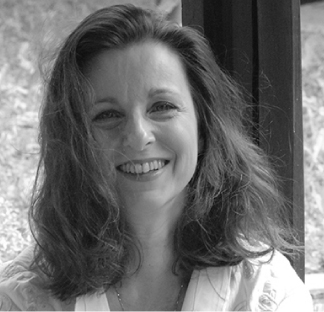
LINA SALVATORE
Actress, teacher and student of Marise Flach, Monika Pagneux and Vera Bertinetti, Lina Salvatore teaches the Feldenkrais Method, corporeal mime, and theatre pedagogy as part of the professional development courses at the National Academy of Dramatic Art Silvio d’Amico, Rome and vocal and corporeal education, Feldenkrais Method, at the actor’s school of the Teatro Stabile di Napoli, Naples.
In Paris, she studied corporeal mime, Decroux technique, with Steve Wasson and Corinne Soum at the École de Mime Corporel Dramatique. In Milan, she studied Decroux’s corporeal mime technique and repertory pieces with Marise Flach. She attended intensive master classes with Rena Mirecka, Grotowski technique; Vera Bertinetti, Orazio Costa’s mimetic method of acting; Barbara Sparti, Renaissance dance; and Eugenio Barba, Eurasian theatre. In Prato and Naples she completed the Bones for Life and Chairs programmes, a series of movement processes created by Ruthy Alon, senior trainer in the Feldenkrais Method.
In Paris, she obtained the Theatre Pedagogy diploma with Monica Pagneux and in Milan, the Feldenkrais Method Teaching diploma – recognized by the International Feldenkrais Guild, Europe and USA – with Mark Reese. She is a researcher and student of Bharata Natyam Indian sacred dance and G. I. Gurdjieff’s Movements. Since 1999 she is co founder and co-director of the International Centre for Research on the Actor. She has also toured extensively, performing at numerous national and international festivals in Italy, France, Greece, Indonesia, Malaysia and Hungary.
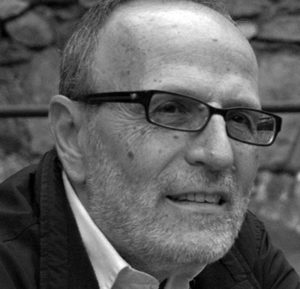
MARCO DE MARINIS
Marco De Marinis, former Full Professor of Theatre Arts at the Department of Arts (visual and performing arts) of the University of Bologna, teaches the History of Theatre module of the BA in Drama, Art and Music Studies (DAMS), and the Theories and Cultures of Performance module of the master’s degree in Performing Arts at the same university.
His primary areas of research include: theory of the theatre; 20th-century theatrical experience, focusing on leading directors, corporeal mime and on the second post-war period’s ‘new theatre’; and stage space and theatrical iconography. He is also PhD supervisor of the Visual Arts, Film, Music and Theatre programme.
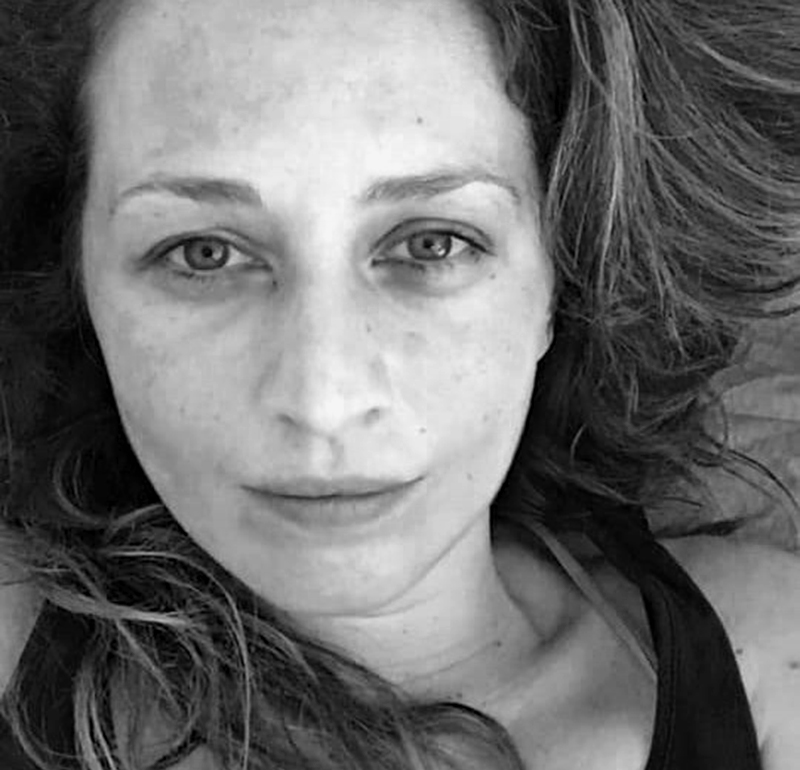
MARIELLA CAPOBIANCO
Mariella Capobianco, who graduated in Law at Sapienza University in Rome, is the author of songs and poems for the music collective Klippa Kloppa. In 2011 she obtained her diploma as Opera and Concert Mime Actress at ICRA Project’s School of Corporeal Mime. A freelance journalist and copywriter, she manages communications for various institutions and companies.
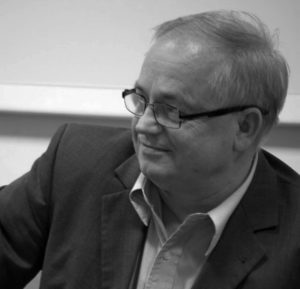
TADEUSZ LEWICKI
Tadeusz Lewicki is Adjunct Professor of General Semiotics, Theatre History, and Theory and Technique of Theatrical Language at the Faculty of Social Communication Studies at the Salesian Pontifical University in Rome.
Consultant for theatre in education groups, and theatre/drama centres in Italy and Poland; Visiting Lecturer at the University of Malta, and Distinguished Scholar at the Diederich College of Communication of Marquette University (Milwaukee, Wisconsin, USA).
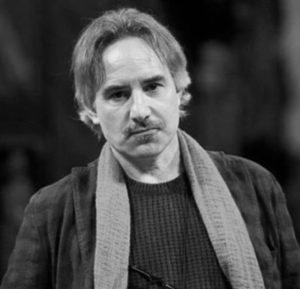
ROBERTO DANESE
Roberto Danese is Full Professor of Classical Philology at Carlo Bo University of Urbino, where he also teaches Literature and Film and is Director of the one-year master’s programme in Redattori per l’Informazione Culturale nei Media (Editors for Cultural Information in the Media); he is professor at the Doctoral School in History, Archaeology and Anthropology of the Ancient World at the University of Siena.
His main research interests include: Plautus, Terence and archaic Latin theatre, textual criticism of classical texts, ancient didactics, anthropology of the ancient world, classical metrics and computer tools for the study of humanities.
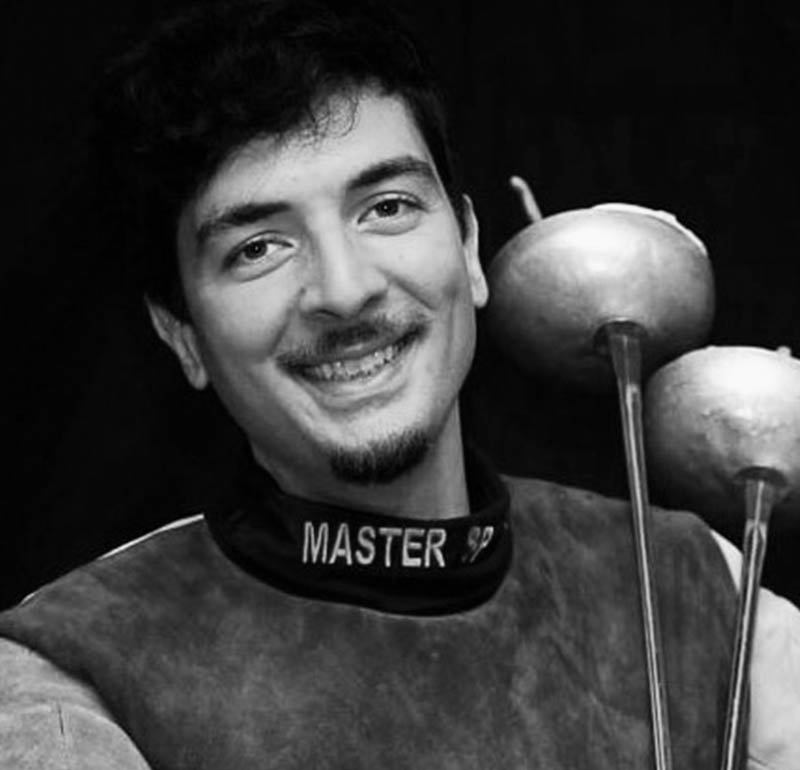
NICOLA DE MATTEO
At the age of 21, Nicola De Matteo was already a teacher at ICRA Project corporeal mime school. At the age of 23 he earned the highest qualification for teaching at the Italian Fencing Federation, graduating with the thesis: La scherma nella metodologia di insegnamento dell’attore (Fencing in the teaching methodology of the actor), which combines an ancient tradition with a new method.
He works with children and youth of all ages at the best fencing clubs in Campania, competing in European and World Championships. Engaged in social work, he participates in numerous recovery projects. His curiosity leads him to travel the world.
He becomes passionate about juggling, tightrope walking and music and bridges these disciplines with fencing. Perceiving things as a whole, leads him to develop a horizontal pedagogy where the peculiarities of the individual, expressed through the respect and strength of the group, are highlighted to achieve collective growth. He currently teaches at the Sala d’Armi Trinacria in Palermo.
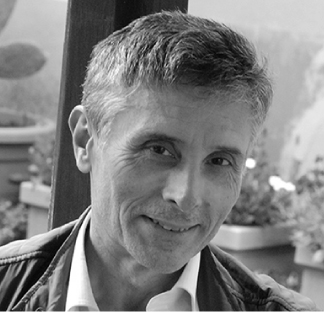
MICHELE MONETTA
Theatre director, actor, teacher and student of mime master Etienne Decroux, Michele Monetta teaches mask and corporeal mime at the Italian National Academy of Dramatic Art Silvio d’Amico, Rome, acting and commedia dell’arte at Maurice Béjart’s École-Atelier Rudra dance school, Lausanne, and dramatic movement education at the actor’s school of the Teatro Nazionale di Napoli, Naples.
In Paris, he trained in corporeal mime with Steve Wasson and Corinne Soum at the École de Mime Corporel Dramatique de Paris, in dance, balancing and clowning at the École National du Cirque Fratellini and in theatre pedagogy with Monika Pagneux.
Since 1991 he has been collaborating with Prof. Marco De Marinis and the Department of Arts, Music and Performing Arts (DAMS) of the University of Bologna to lead seminars, workshops, video and discussion sessions and conferences. Since 1999, he is co-founder and co-artistic director of the International Centre for Research on the Actor. He has also led corporeal mime workshops in Eugenio Barba’s Eurasian Theatre study sessions.
He has worked as director, actor and teacher in Italy, France, Switzerland, Hungary Poland, Russia, Greece, Spain, Lithuania, The Netherlands, Belgium, Indonesia and Malaysia.
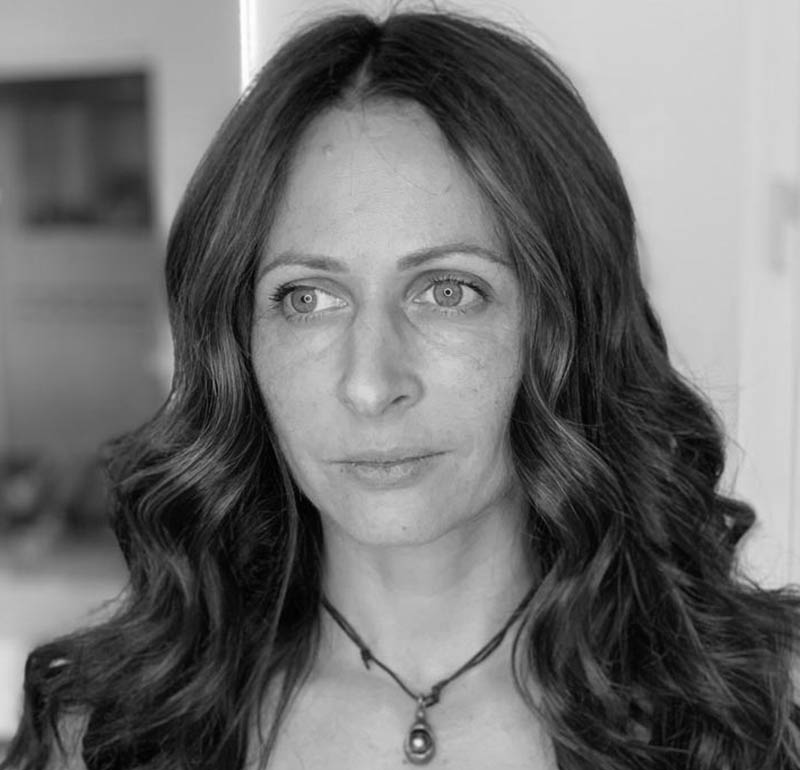
MARGHERITA CERRAI
A restorer of paintings, mask and stage props maker, Margherita Cerrai studied drawing and painting in Florence at the American Florence Academy of Art headed by Daniel Graves. In Florence, she also earned a degree in Restoration of Paintings at the International School of Art which, at the time, was headed by Umberto Baldini, renowned art historian and restoration theorist.
She took her first steps into the mysterious plastic art world of masks at the Accademia Nico Pepe in Udine, where she studied under Stefano Perocco di Meduna. In Rome, she furthered her research in Commedia dell’Arte at Michele Monetta’s Contemporary Commedia dell’Arte Workshop. She creates leather and papier-mâché masks for the performances of the students of the National Academy of Dramatic Art Silvio D’Amico in Rome.
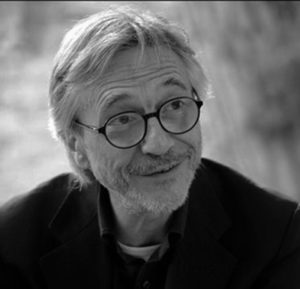
LORENZO SALVETI
Lorenzo Salveti is the former Director of the National Academy of Dramatic Art Silvio D’Amico in Rome (2007–2015) where he has been teaching acting and directing since 1976. He taught acting at the Experimental Cinematography Centre in Rome, Bologna’s Theatre School; European School for the Art of the Actor of the Teatro di Pisa Foundation, San Miniato (Pisa); and in various European and Latin American schools. He was chair of Directing Institutions at the University of Siena and the University of Rome “Tor Vergata”.
He has written and adapted many theatre plays and directed several opera and theatre productions. He has directed many comedy television shows and worked as radio producer for several years. He won the Prix Italia for Radio Drama twice (1979, 1981). He was appointed a Grand Officer of the Order of Merit of the Italian Republic.
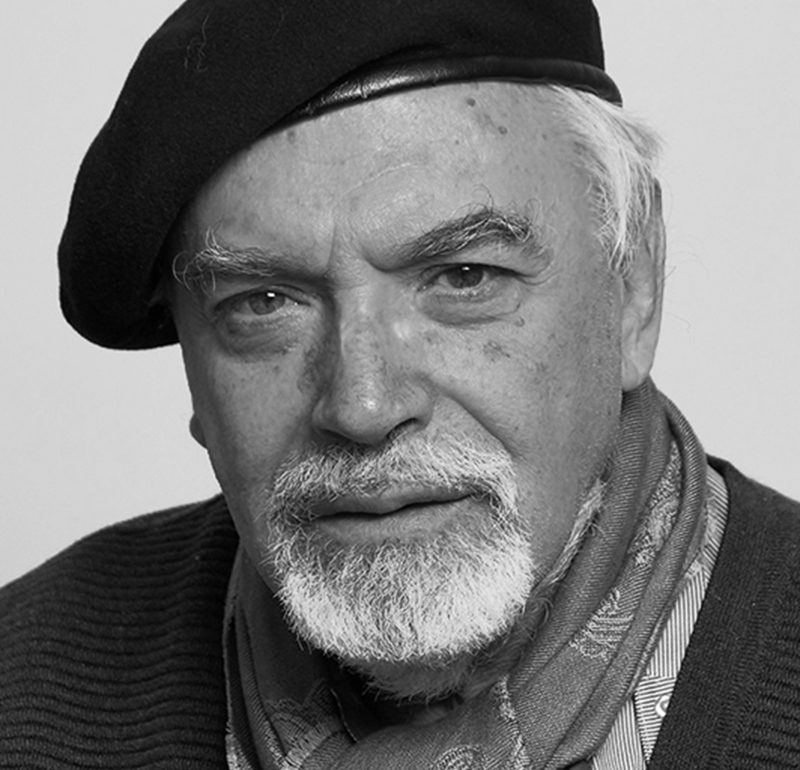
JURIJ KRASOVSKIJ
Yuri Krasovsky, theatre director, dean and professor at the Faculty of Acting and Directing of the Russian Institute of Performing Arts, formerly the Leningrad State Institute of Theatre, Music and Cinematography, from where he graduated in 1970, has been teaching acting and directing since 1977. He has also headed the master’s degree programme, Methods of Stage Directing, for international students since 2017.
Yuri Krasovsky’s theatre pedagogy is based on a comprehensive approach that consists in teaching acting and directing with the collaboration of like-minded professionals from various theatre disciplines such as stage movement, theatre speech, musical education and theoretical theatre. He also conducts masterclasses in Russia and abroad (Austria, Mexico, Italy, Poland and France).
He holds a PhD in History of Art; his thesis was entitled, From the experience of Meyerhold’s theatre pedagogy, 1905-1919. He is the author of The Problems of Studio Pedagogy: Meyerhold in the Studio on Borodinskaya Street, and The Origins of the Professional Theatre School: The School of Acting Skills and Courses on Stage Performance Skills.
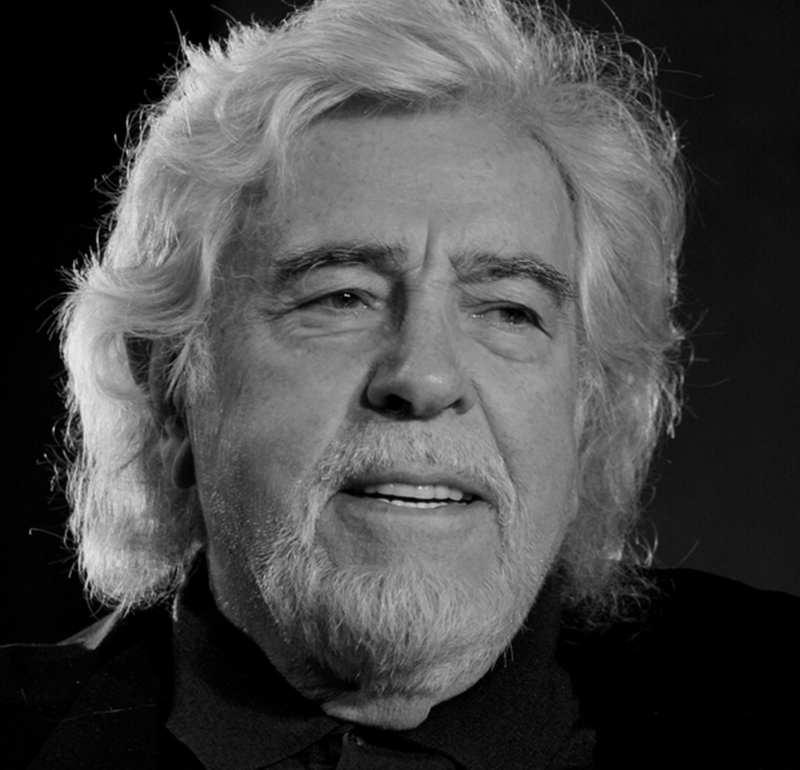
GLAUCO MAURI
Glauco Mauri is an actor, voice actor and stage director. He trained at the Italian National Academy of Dramatic Art Silvio D’Amico with Orazio Costa, Sergio Tofano, Wanda Capodaglio and Mario Pelosini. He made his professional debut in 1953 in Shakespeare’s Macbeth, directed by Orazio Costa. In the same year he enjoyed great personal success in the role of Smerdjakov in Dostoevsky’s The Brothers Karamazov, directed by André Barsaq.
In 1981, he founded the Mauri-Sturno Company with Roberto Sturno, offering a vast repertoire of classical playwrights such as, Sophocles, Shakespeare, Molière, Goethe, Chekhov, Pirandello, Brecht and contemporary ones, including Beckett, Muller, Mamet, Schmitt and Shaffer.
Glauco Mauri is Grand Officer of the Order of Merit of the Italian Republic and has received the Special Prize of the President of the Jury of the 2016 Le Maschere del Teatro Italiano (Italian theatre awards).
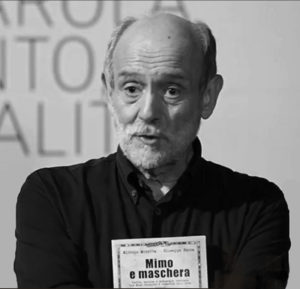
GIUSEPPE ROCCA
Giuseppe Rocca earned a degree in modern literature from the University of Lecce and graduated in directing at the National Academy of Dramatic Art Silvio D’Amico in Rome where he was Chair of the History of Performing Arts. He also taught History and Technique of Directing at the Fine Arts Academy of Naples and Screenwriting at the Nuova Università del Cinema e della Televisione (New University of Film and Television) in Rome.
Screenwriter, director, theatre and radio playwright, Rocca has won the following screenwriting awards: Premio Solinas twice, 1988 and 1991 (Una lingua tagliata and Il bambino che impazzì d’amore), Le Manuscrit de Vercorin (Swiss), 1993 (L’harmonie de cristal), Moravia, 1993 (Il diavolo va e viene), Premio Flaiano, 2005 and Premio Bufalino, 2006 (Il resto di niente). He co-wrote with Michele Monetta the corporeal mime and modern commedia dell’arte handbook,
Mimo e Maschere, tecnica e pedagogia teatrale tra Mimo Corporeo e Commedia dell’Arte (Audino, 2016).
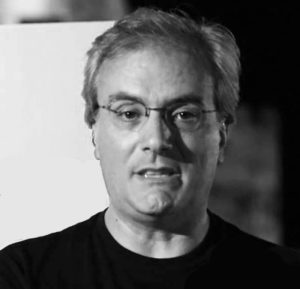
GIOVANNI GRECO
Author, translator, actor and theatre director, earned a PhD in classical literature at Sapienza University of Rome and graduated in directing at the National Academy of Dramatic Art Silvio D’Amico in Rome where he teaches Acting in Verse. He also specialised in directing at the Guildhall School of Music and Drama in London.
He won the Italo Calvino Award for his first novel, Malacrianza, (Nutrimenti, 2012), translated a selection of poems by Tony Harrison, Vuoti, (Einaudi, 2008) and Antigone by Sophocles (Feltrinelli, 2013), wrote Teatri di pace in Palestina (manifestolibri, 2005) and edited with A.M. Belardinelli the volume, Antigone e le Antigoni. Storia, forme, fortuna di un mito (Le Monnier, 2010).
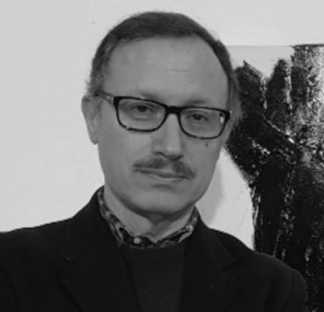
GIANNI GARRERA
Gianni Garrera, philologist and translator, edited the Italian translations of Søren Kierkegaard’s aesthetic works, The Seducer’s Diary and Don Giovanni, published in BUR’s Classici del Pensiero series and, together with Anna Giannatiempo Quinzio, he edited the new Italian edition of Kierkegaard’s Diaries, published by Morcellana. He also edited the Italian translations of Fables, The Art of Telling Stories to Children and Divine Revelation and Genius, all also published by Morcellana.
His works include: Indagini sulla musica dei cani e dei topi (Investigations into the Music of Dogs and Mice), La scienza dei fischi e degli urli (The Science of Whistles and Screams), Musicalità dell’Intelligenza demoniaca (Musicality of Demonic Intelligence), Apocalisse di Giovanni – Saggio sulla musica della fine del mondo (Apocalypse of John – An Essay on the Music of the End of the World), Esercizi di spiritualità demoniaca (Exercises of Demonic Spirituality) and Cerimonie dell’Amen e pienezza dei morti (Ceremonies of the Amen and the Fullness of the Dead).
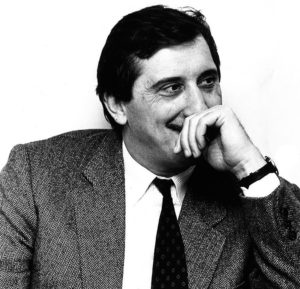
EDUARDO BELLINGERI
Eduardo Bellingeri is Full Professor of History of the Theatre and Performing Arts at the Faculty of Literature and Philosophy and former head of the Department of Cultural Heritage, Music and Performing Arts at Tor Vergata University of Rome.
He is Head of Research at the G. D’Annunzio University of Chieti and Pescara for the project Iconografia dei modelli teatrali (Iconography of theatre models) aimed at classifying documents related to the various types of stage spaces and sets, from the Greek theatre to the 20th century.
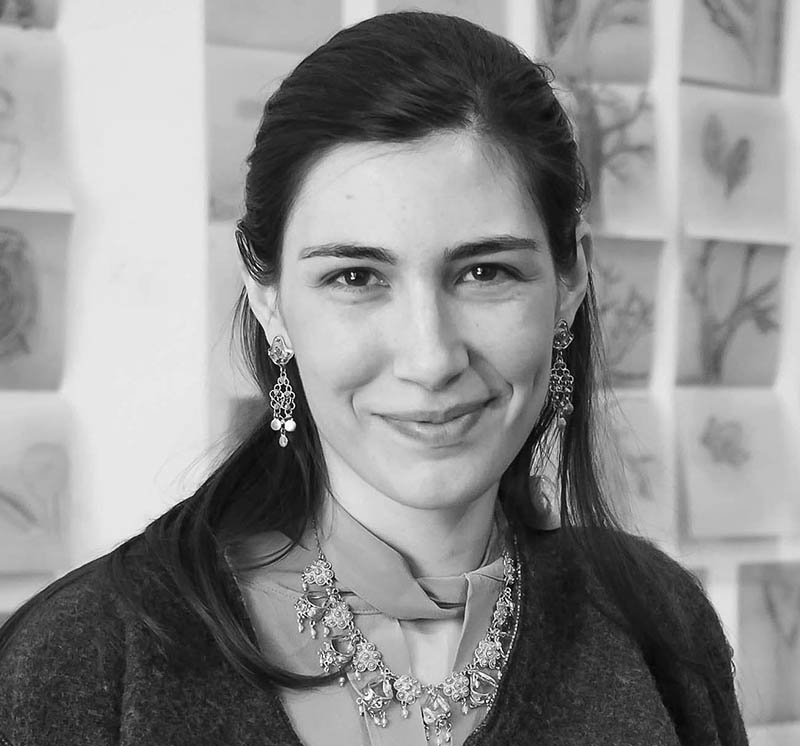
CHIARA MENCHISE
Chiara Menchise holds a master’s degree in Architecture and Urban Planning from the University of Naples Federico II where she is Adjunct Professor of Space Theories. In 2008, she graduated in Corporeal Mime, Mask and Movement at ICRA Project where she teaches Space Dramaturgy at the Expressive Skills & Dramatic Arts Lab of the 2nd Cycle Professional Development programme. She is also an urban planning specialist at the United Nations Office for Disaster Risk Reduction in Brussels.
Her primary areas of research include sacred and profane spatiality and the development of biopolitics. She is particularly interested in the field of superfluous spatial theories, ikebana and miniature art, focusing on the evolution of the diorama language.
She has had several exhibitions on the concept of memory and space. In 2017, at the 24th edition of Artissima contemporary art fair in Turin, the Viasaterna gallery of Milan exhibited one of her works entitled Doppelgänger, a miniature reflection on the literary and philosophical concept of ‘double’, for which she received the fair’s Carioca Kids award.
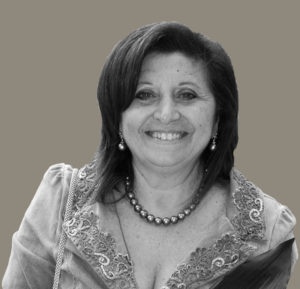
ANTONIA LEZZA
Antonia Lezza is Associate Professor of Italian Literature and Italian Theatre Literature and is also a member of the Faculty Board for the Literature, Language and History doctoral degree programme at the University of Salerno. She is also member of the Faculty Board of the Italian Studies doctoral programme at the L’Orientale University of Naples.
She is the author of several theatre literature essays including on: Carlo Goldoni, Raffaele Viviani, Totò, and Eduardo and Peppino De Filippo. Her scientific interests also include emigration theatre and the Risorgimento theatre. She has created and maintains a website on Neapolitan theatre (www.teatro.unisa.it), a web archive of Neapolitan theatre authors that includes bio-bibliographic information, reviews, audiovisual material, online published and unpublished works from the nineteenth to the twentieth century.
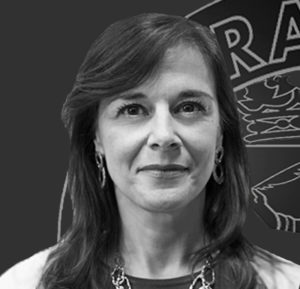
ANNAMARIA SAPIENZA
Annamaria Sapienza graduated in modern literature at the University of Naples “L’Orientale” with a thesis in History of Theatre and Performing Arts, she obtained a PhD in history of modern and contemporary theatre.
She taught History of Italian Theatre at the University of Naples “L’Orientale”, and History of Theatre and Performing Arts, and Animation Theatre at the University of Salerno. She currently teaches Theories and Models of Contemporary Theatre at the Faculty of Humanities and Education of the University of Salerno.
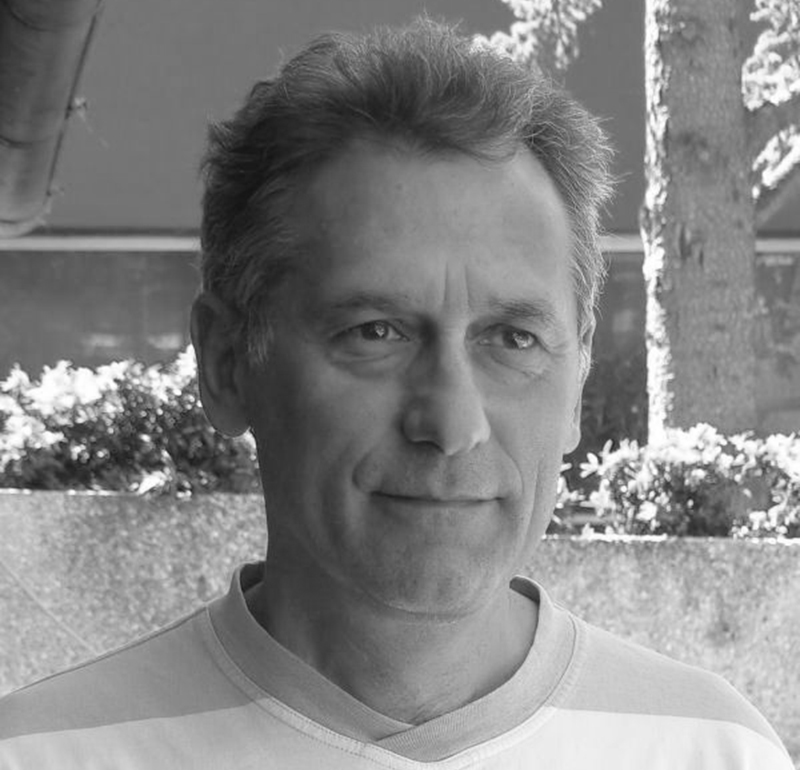
ALDO CUOMO
Over the years, fencing master and teacher Aldo Cuomo has acquired considerable interpersonal and organizational skills. In fencing clubs and at the Italian Fencing Federation, he has been responsible for managing and organising competitions, planning courses, and preparing exams to assess the skills and competences of candidates and students.
He has been teaching at the Italian Association of Fencing Masters since 1992, and at the Faculty of Physical and Sports Sciences of the University of Campobasso since 2013. He has also been a teacher as well as member of the exam committee of the Italian Fencing Federation’s training school since 1998.
He is an instructor of historical and artistic fencing at the Italian Fencing Federation and at the National Fencing Academy. For several years, he has been teaching theatre and artistic fencing in theatre and corporeal mime schools, including at the Capitol Theatre School in Salerno and ICRA Project in Naples.
Moreover, Aldo Cuomo is Deputy Chair of the Campania Regional Committee of the Italian Fencing Federation and federal representative for southern Italy for the supervision of fencing educational activities in sports-oriented secondary schools.
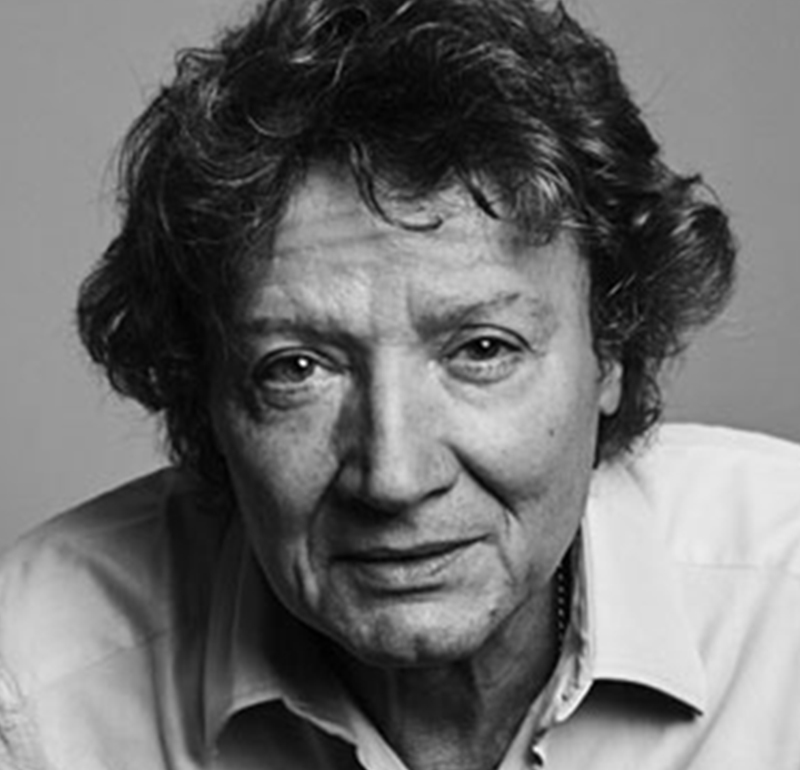
ROBERTO STURNO
Roberto Sturno is a stage actor. Self-taught, as a young man he worked in various technical roles before devoting himself entirely to acting. He made his debut in 1971 with a small role in Shakespeare’s Macbeth, followed by a number of roles, mostly as supporting actor, with various companies during the 1970s.
In 1981, he founded the Mauri-Sturno Company with Glauco Mauri, offering a vast repertoire of classical authors such as, Sophocles, Shakespeare, Moliere, Goethe, Chekhov, Pirandello, Brecht and contemporary authors, including Beckett, Muller, Mamet, Schmitt, Shaffer.
In over thirty years of his career, he has brought to life a vast gallery of Shakespearean characters: Romeo in Romeo and Juliet, Malcolm in Macbeth, the Fool in King Lear, Puck in A Midsummer Night’s Dream, Richard in Richard II, and Caliban in The Tempest. He also showed great versatility in approaching different characters and authors: Prince Myshkin in The Idiot, by Dostoyevsky; Oedipus, in Oedipus Rex and in Oedipus at Colonus by Sophocles, Berenger in Rhinoceros, by Eugène Ionesco, and many others.
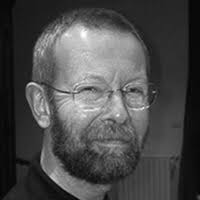
PETER CLOUGH
Peter Clough, former director and actor of the Royal Shakespeare Company, is recognized as one of the leading Shakespearean experts of the moment; he is a poetic and pragmatic guide in the vast and rich world of the great English Bard. He has organized and conducted masterclasses and seminars for both students and professionals in Europe, Canada and the United States.
He has worked with some of the UK’s leading theatre companies. In 1989, in San Miniato, he was one of the founders of Prima del Teatro, European School for the Art of Actor, and has conducted workshops in almost all its editions. From 1996 to 2003 he was Head of the Drama Department of the Guildhall School of Music and Drama in London.
Today, he continues his work as teacher and director, as well as consultant in theatres, universities, academies, schools and professional acting institutions in various European countries. In Italy, for many years, he has been collaborating with the Accademia dei Filodrammatici in Milan and taught at the acting school, L’Oltrarno, Scuola di formazione del mestiere dell’attore, directed by Pierfrancesco Favino.
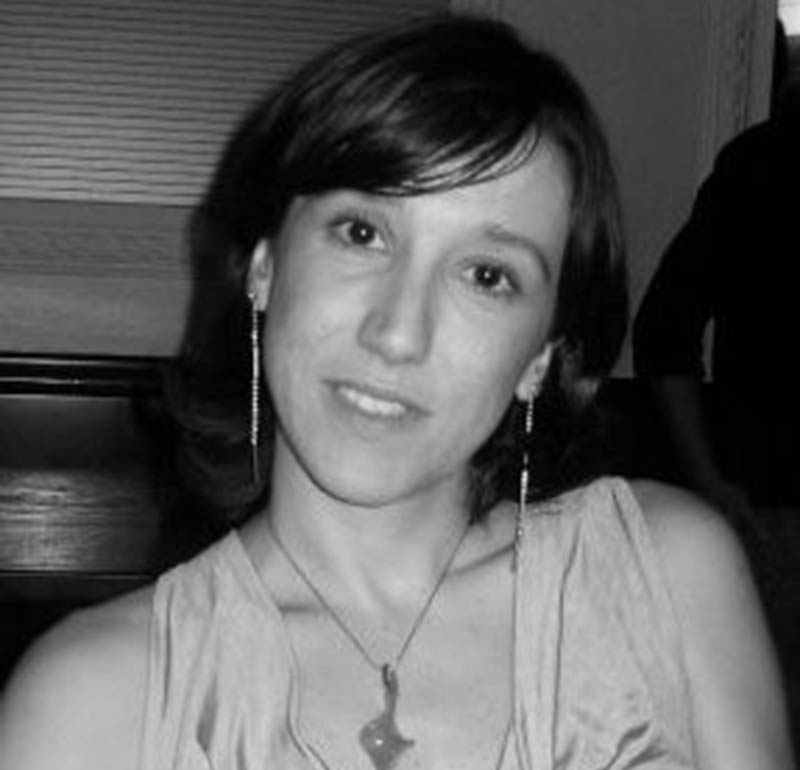
NOEMI MASSARI
Noemi Massari is an Adjunct Professor of Theatre and Dance Production and Organisation at Sapienza University of Rome, where she graduated in Performing Arts and Sciences and in Theatre, Film and Digital Performing Arts and Techniques.
She holds a PhD in Digital Technologies and Methodologies for Performing Arts Research from Sapienza University of Rome. Since 2014 she has been a lecturer in History of Theatre and Dance at the same university and is also responsible for historical research and the organization of the filing and digitization of the video archive of the Il Coreografo Elettronico festival (The Electronic Choreographer).
She publishes articles in books and magazines on the history of dance and its protagonists of the nineteenth and twentieth centuries such as Salvatore Viganò, Gaetano Gioia, Carolina Pochini, Enrico Cecchetti, Serge Lifar and Leonide Massine.
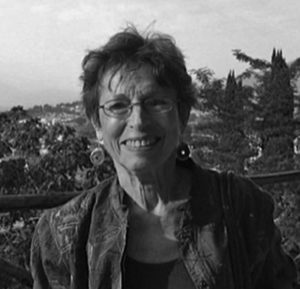
BARBARA URY SPARTI (1932-2013)
Barbara Sparti was a dance historian, dancer, researcher, and scholar who dedicated a lifetime to the study of fifteenth- to seventeenth-century Italian dance. She trained in music and modern dance in New York City before moving to Italy in 1955. She also trained in the Orff-Schulwerk pedagogy and in Dalcroze Eurhythmics in Salzburg and Geneva, which led her to teach music and movement to adults and children for over forty years.
From 1975 to 1988 she was founder and artistic director of the Gruppo di Danza Rinascimentale that reconstructed and performed Renaissance dance choreographies throughout Italy and in major European cities. She choreographed operas and plays for the stage and television.
Sparti was a Distinguished Visiting Professor at the University of California, Los Angeles, (1990), and guest lecturer-choreographer at the University of Tel Aviv, Hebrew University of Jerusalem, Rubin Academy of Music and Dance, Jerusalem (1997), at the University of California, Santa Cruz, (2000), and in residence at Princeton University (2002).
She edited and translated Guglielmo Ebreo’s 1463 dance treatise, De pratica seu arte tripudii (Oxford, Clarendon Press, 1993) and edited and wrote the detailed introduction to the facsimile edition of Ercole Santucci’s 1614 manuscript dance treatise, Mastro da ballo (Georg Verlag Olms, 2004) She has also published various articles on Italian Renaissance and Baroque dance in specialized journals).
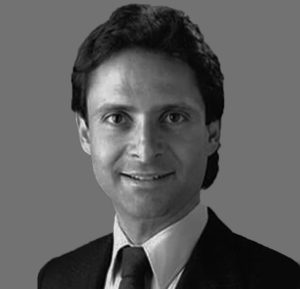
MARK REESE (1951-2006)
Mark Reese was one of the world’s foremost authorities on the work of Moshe Feldenkrais. He studied with Moshe Feldenkrais from 1975 until his death in 1984. Before meeting Feldenkrais, Reese was involved in music and experimental theatre in the San Francisco Bay Area; in 1976, he graduated in psychology and philosophy from Sonoma State University, California.
He was among the first American teachers chosen by Moshe Feldenkrais to train new Feldenkrais Practitioners. Reese was pivotal in introducing and disseminating the Feldenkrais Method in the United States and has also trained Feldenkrais Practitioners in Europe and Australia.
Reese contributed numerous articles on the Feldenkrais Method to diverse publications. He wrote the foreword to the 2002 edition of Feldenkrais’s The Potent Self, co-authored Relaxercise with David Zemach¬–Bersin and Kaethe Zemach¬–Bersin, and recorded numerous audio programmes on the Feldenkrais Method.
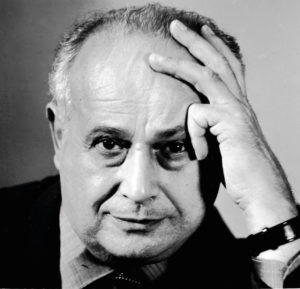
MOSHE FELDENKRAIS (1904-1984)
Moshe Feldenkrais was an engineer, physicist, inventor, martial artist and student of human development. An old knee injury and uncertain prospects for surgery, led him to embark on a lifelong exploration of the relationship between movement and consciousness, which would constitute the basis of the Feldenkrais Method.
In developing his Method, Moshe Feldenkrais studied, inter alia, anatomy, physiology, child development, movement science, evolution, psychology, and a number of Eastern awareness practices and other somatic approaches.
Feldenkrais taught in Israel and in Europe through the 1960s and 1970s and in North America through the 1970s and 1980s. For several years, he taught at Peter Brook’s Théâtre des Bouffes du Nord.
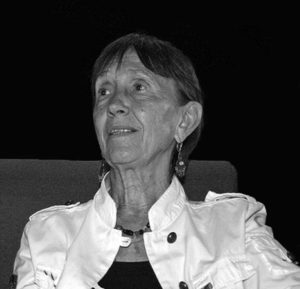
RENA MIRECKA (1934)
Rena Mirecka was one of the founding members of Jerzy Grotowski’s Laboratory Theatre from 1959 until its dissolution in 1984. She led the company’s plastiques exercises, which she developed with Grotowski and formed an essential part of the company’s training.
She performed the leading female roles in all the company’s performances, including Akropolys by Wyspiański (1962), The Constant Prince, by Calderón and adapted by Słowacki (1965), and Apocalypsis cum Figuris, (1968).
Since 1982 she has pursued theatre and paratheatrical research. In 1993, together with Ewa Benesz, she founded the International Centre of Work Prema Sãyi in Sardinia, Italy, where she continued her paratheatrical research for several years. Since 2000, she has been holding paratheatre and theatre workshops at the Grotowski Institute in Wroclaw.
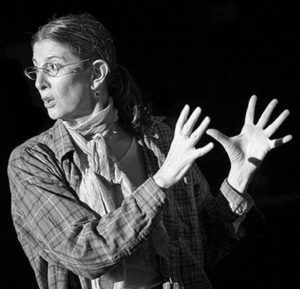
JULIE GOELL (1951-2016)
Julie Goell, actress, clown, comedienne, director, mime, musician, puppeteer, and singer, was born in New York and moved to Rome, Italy, in 1964.
In 1970, she returned to the United States to study theatre at Emerson College in Boston and founded the Pocket Mime Theater company. After graduating in 1974, she returned to Rome where, in 1981, she completed teacher training for physical theatre at the Istituto studi dello spettacolo – Teatro Studio. The same year she moved back to New York and in 1986, she settled in Maine. In 2002, she graduated from the University of Southern Maine School of Music with a degree in string bass, studying voice with Margaret Yauger.
In Rome, in the mid-70s, she worked as a singer and actress in theatre, film, and television. She toured with the I Gesti mime company and taught physical comedy with Roy Bosier at Teatro Studio. She also worked in Geneva with Mummenschanz, the famous Swiss mime-mask theatre company and toured with the Swiss circus Schaubude. She toured Switzerland with her jazz trio, Impromptu and toured Italy for three summers singing with the big band, La Grande Orchestra da Ballo di Testaccio.
In New York in the 80s, she acted in the Broadway production, Ghetto and directed several theatre productions. She taught acting and directing at the University of Southern Maine, the University of Maine and at Colby College, Maine. She taught the Eccentric Performing professional development workshops for actors and clowns with her husband, Avner Eisenberg, at the Celebration Barn Theater in South Paris, Maine. In a career spanning over five decades, she has performed and taught throughout Asia, Europe, South America, and the United States.
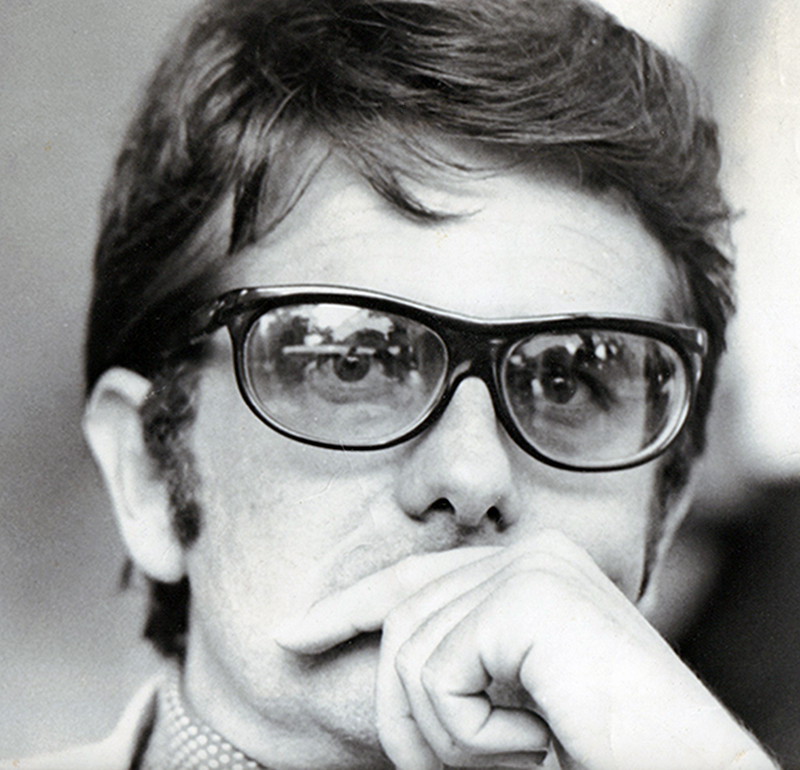
MICHELE MANCINI (1947-2005)
Michele Mancini, film critic and essayist, earned a degree in philosophy and one in sociology at Sapienza University of Rome, with theses on film language.
From 1979 to 1989, he was Director of the film laboratory at the Faculty of Literature and Philosophy of the University of Palermo. From 1969 to 1976, he was a member of the editorial staff and board of directors of Filmcritica magazine. From 1977 to 1981, together with Giuseppe Perrella, Alessandro Cappabianca, Ellis Donda and Renato Tommasino, he founded and directed the quarterly magazine, Fiction – Cinema e pratiche dell’immaginario. He has also curated several multimedia exhibitions.
In addition to numerous essays and articles published in various magazines, he published several books, including Max Ophuls (La Nuova Italia, 1978) and Erich Rohmer (La Nuova Italia, 1982). He edited with Giuseppe Perrella, Pier Paolo Pasolini. Corpi e luoghi (Theorema, 1981) and Michelangelo Antonioni. Architetture della visione (Coneditor, 1986), consisting in two volumes of 598 pages illustrated with over 5,000 photographs, drawings, graphics and other visual elements.
In 1983, Michele Mancini and Enrico Ghezzi convinced Michelangelo Antonioni to return to Lisca Bianca, the small Sicilian island that, 23 years earlier, served as the location for L’Avventura in order to shoot a 9-minute insert for the programme, Falsi ritorni, per un’archeologia del set, which they created for Rai television, but was never completed. The short film entitled, Ritorno a Lisca Bianca (Return to Lisca Bianca), was presented for the first time at the 1989 Cannes Film Festival.
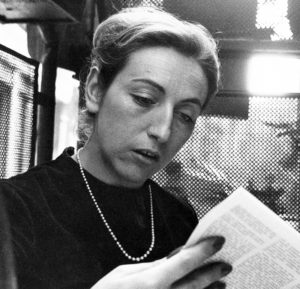
VERA BERTINETTI (1933-2013)
Vera Bertinetti obtained a degree in literature at the University of Turin while graduating from the National Academy of Dramatic Art Silvio d’Amico in Rome. She was Orazio Costa’s student and later became his assistant. She studied acting with Sergio Tofano and Vanda Capodoglio.
In addition to her dance and piano studies, she studied mime at the École Internationale de Théâtre Jacques Lecoq in Paris. For several years, she taught acting in verse and directing at the National Academy of Dramatic Art Silvio d’Amico in Rome and theatre arts at the F. Morlacchi Conservatory of Music in Perugia. In the course of her career, she directed over 300 theatre, opera, vaudeville and operetta productions and radio plays.
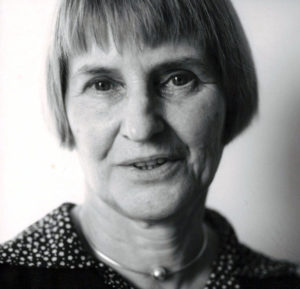
MONIKA PAGNEUX (1927)
Monika Pagneux studied modern dance at the Mary Wigman School in Berlin and became a member of her company. In Paris, she studied classical dance with Atty Chadinoff and Nora Kies and corporeal mime with Etienne Decroux. She studied the neutral and expressive masks, commedia dell’arte, mime and movement with Jacques Lecoq at his École Internationale de Théâtre where she taught from 1963 to 1980.
During the 1970s she focused her work on the body with the Feldenkreis Method and Alexander Technique. She collaborated with Peter Brook at the International Centre for Theatre Research (CIRT) and at the Théâtre des Bouffes du Nord.
In 1980, in Paris, she founded l’École de Formation Théâtrale with Philippe Gaulier where she taught until 1987. Since 1988, she has been teaching workshops for actors, dancers and singers in Europe, North America, Australia and Japan.
Peter Brook noted that: “Monika’s work is original, it is all her own. She has built it up carefully over many, many years and has inspired countless students and professionals all over the world. It is concrete, it is precise but it is not technical. It is about life, it is for life and can only be brought into the field of theatre when theatre is truly searching for moments of truth.”
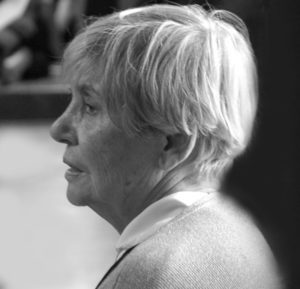
MARISE FLACH (1927-2016)
Marise Flach attended the Education par le Jeu Dramatique (EPJD) drama school in Paris, directed by Jean-Louis Barrault. In 1949, she joined Etienne Decroux’s company and performed in various shows in France and abroad.
In Milan, from 1953 to 2016, initially as Decroux’s assistant and then leading her own classes, she taught mime at the School of Dramatic Arts of Milan, which became the Piccolo Teatro School. She has taught mime and movement to numerous actors, mime artists and directors who today are renowned and appreciated in the field of theatre, film, and television.
As mime artist and choreographer she has collaborated on numerous theatre productions, in particular, on the acclaimed productions directed by Giorgio Strehler and Orazio Costa at the Piccolo Teatro of Milan. She also collaborated on opera productions at the Teatro alla Scala in Milan, including Verdi’s Simon Boccanegra, Prokofiev’s Love for Three Oranges and Berg’s Woyzeck, and, in Salzburg, on Mozart’s The Magic Flute. She has created and performed various mime pieces together with Angelo Corti for the theatre and television.
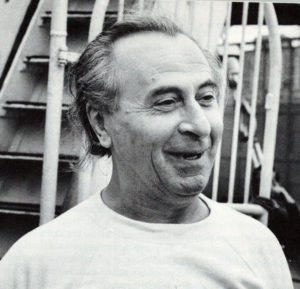
ETIENNE DECROUX (1898-1991)
Etienne Decroux, one of the masters of 20th-century theatre and known as the father of modern mime, began his career in 1923 at the École du Vieux-Colombier directed by Jacques Copeau. He worked as an actor in Louis Jouvet’s and Gaston Baty’s theatre companies, at Charles Dullin’s Théâtre de l’Atelier, and in Jacques and Pierre Prévert’s films, the most famous of which Les Enfants du Paradis, by Marcel Carné.
The exercises with the neutral mask that he saw at the École du Vieux-Colombier in June of 1924, led Decroux, for over 60 years, to deepen his artistic and pedagogic research towards the development and continuous evolution of a highly codified physical theatre genre that he named corporeal mime. He studied the coordinated harmonious play of the trunk and limbs, thought and form, choosing attitude over gesture, defining movement as a succession of attitudes.
In 1940 he opened his school of corporeal mime in Paris where he taught until a few years before his death in 1991. He also taught at the Piccolo Teatro in Milan, and at the Actor’s Studio in New York. Some of his most famous students were: Jean Louis Barrault, Gerard Depardieu, Raymond Devos, Marise Flach, Jessica Lange, Marcel Marceau, Marilyn Monroe and Michel Serrault.
